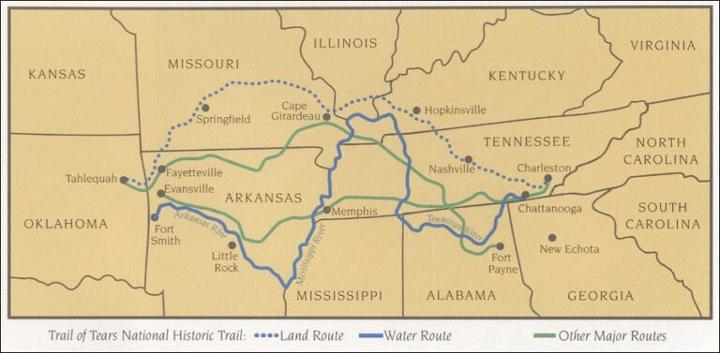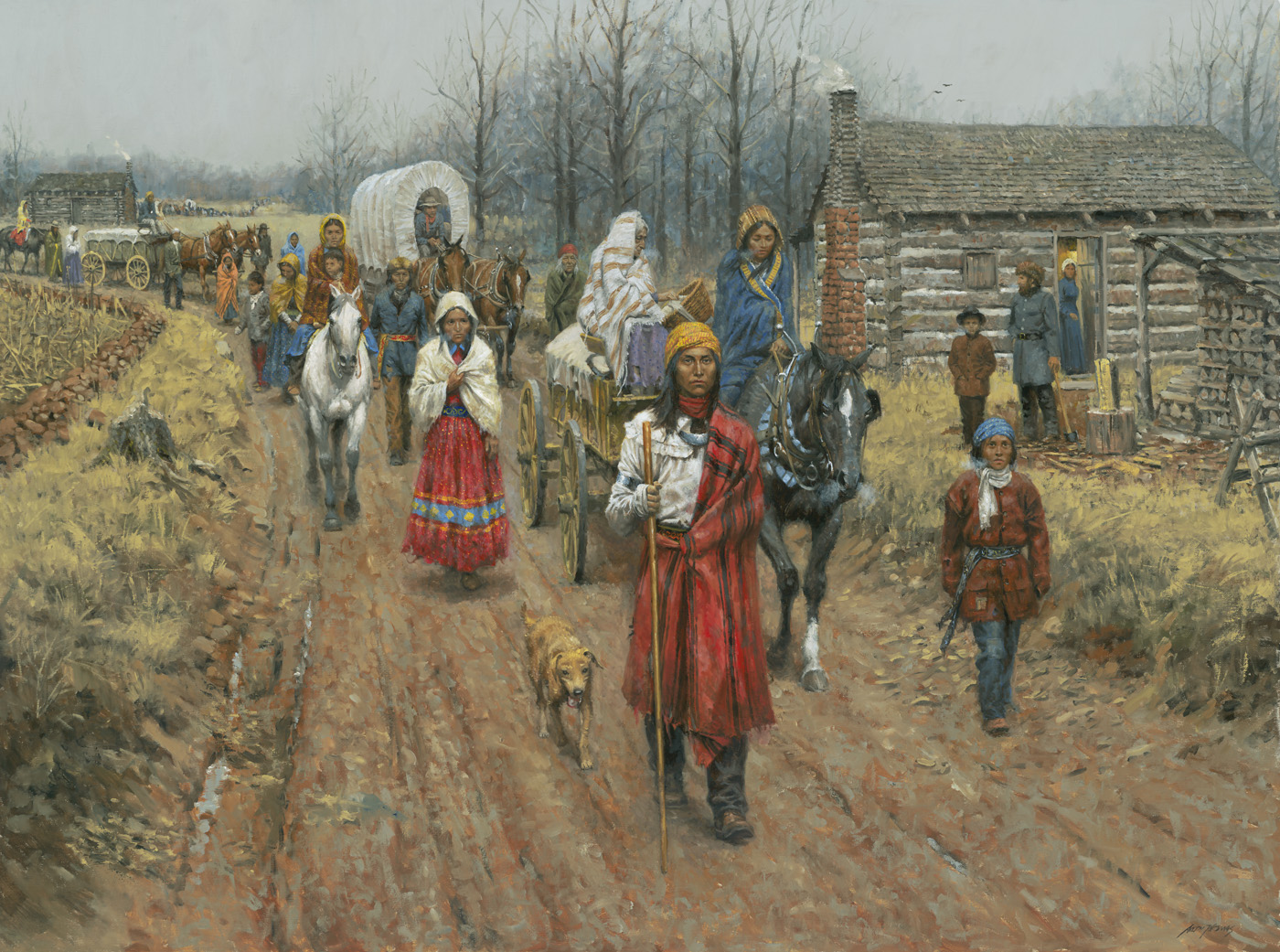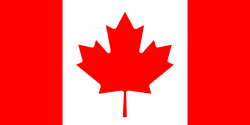Old varieties have a very special way of reminding us of our history. Their name evokes people, communities or highlights that remind us of each spring, when it is time to sow them. The tradition that is passed down to each plantation is a wink for me in the face of destiny, of the oblivion that comes so easily. To let us know our past and avoid future mistakes.
The "Trail of Tears" refers to the forced removal in the 1830s of First Nations peoples, primarily the Cherokee, from their ancestral lands to reserved territories west of the Mississippi . The goal was to give the American settlers the land thus recovered..
The history of the Trail of Tears is dark and tragic. This was a campaign of ethnic cleansing by the United States government known as the Indian Removal Act, signed in 1830. This law authorized the federal government to forcibly remove indigenous peoples of their ancestral lands.(TEST)
In 1838 and 1839, approximately 15,000 Cherokee and other indigenous peoples were forced to leave their lands and march (yes, march) to the territories reserved for "Indians", in what is today the Oklahoma. The journey, which spanned hundreds of kilometers, turned out to be the last for many of them.
The Trail of Tears takes its name from the unspeakable suffering endured by

Cherokee during this forced removal. They set out in October 1838 and arrived at Fort Gibson, their destination, in March 1839! During their journey, thousands of them perished due to harsh winter conditions, malnutrition, disease, exhaustion and mistreatment by American soldiers and local militias. This event is still a deeply rooted trauma in American history, and it is today a symbol of the injustice and violence suffered by indigenous peoples.
According to legend, this bean was brought by the Cherokee in their luggage during their journey. The survivors managed to rebuild their lives in the new territory. This bean followed them along the Trail of Tears, and they planted it after they settled on their new lands.

Legend or true fact, we will never know. This bean is, however, an old American variety, green and climbing (two characteristics specific to First Nations beans, dwarf and yellow beans really arriving later in history), which is eaten fresh or as a legume.
Every spring, as I plant them, I ask myself what I can do to try to be a better person. We won't change the past, but we can rewrite the future.
*This bean is not available due to bad weather in summer 2023. It will be back in our catalog in fall 2024
